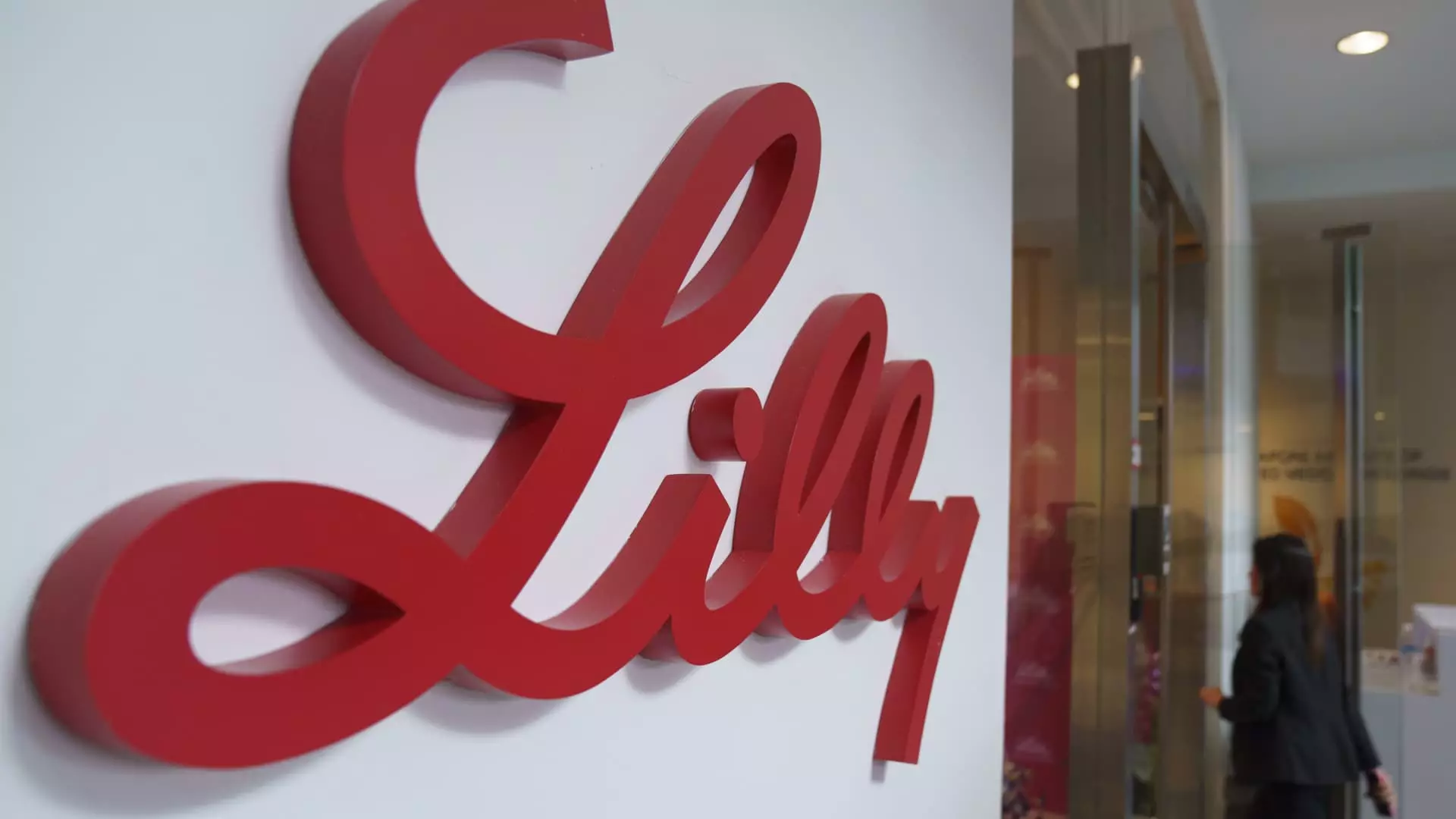Eli Lilly recently announced a downward adjustment in its revenue expectations, signaling challenges in meeting previously optimistic projections for its weight loss and diabetes drugs. On a day when the stock market responded negatively, with shares dropping over 7%, the pharmaceutical giant revealed that it anticipates a revenue of approximately $45 billion for the 2024 fiscal year. This figure falls short of the earlier guidance of $45.4 to $46 billion presented in October. Despite this reduction, the forecast still represents an impressive 32% increase compared to the previous year, illustrating the significant growth trajectory the company is aiming for.
Eli Lilly’s ongoing efforts to scale up the production of its key drugs, Mounjaro and Zepbound, reflect its commitment to meeting the high demand in the market. The company has invested heavily in enhancing its manufacturing capabilities, leading to an optimistic view among officials. CEO Dave Ricks recently highlighted during a CNBC interview that substantial supplies are set to become available soon. He emphasized that Lilly plans to produce at least 60% more sellable doses of its incretin drugs in the first half of 2024 when compared to the same period in 2023. This planned increase demonstrates Lilly’s proactive approach to sustaining its competitive edge despite a challenging landscape.
The drug market for diabetes and obesity treatments is highly competitive, particularly with players like Novo Nordisk vying for share in this lucrative sector. Eli Lilly is not resting on its laurels; the company is also developing a more convenient obesity pill that could revolutionize patient compliance and streamline production processes. The potential approval of this new pill, expected as soon as early 2024, could diversify Lilly’s offerings and strengthen its position in a rapidly evolving market.
Financial Insights and Analyst Expectations
Looking ahead, Eli Lilly’s financial outlook reflects cautious optimism. For the fourth quarter of 2023, the company forecasts a revenue of approximately $13.5 billion, with significant contributions expected from its flagship drugs—$3.5 billion from Mounjaro and $1.9 billion from Zepbound. However, this projection falls short of Wall Street’s consensus, which estimated a fourth-quarter revenue of $13.94 billion. Analysts had similarly higher expectations for the full fiscal year, hinting at a mismatch in market sentiment versus Eli Lilly’s internal assessments.
The recent adjustments to revenue forecasts demonstrate Eli Lilly’s awareness of the realities of the market and operational capacities. Even as the company contends with competitive pressures and fluctuating demand, its strategies, including boosting production and developing innovative drugs, suggest a commitment to growth. Nevertheless, the faster-than-anticipated market dynamics raise questions about the sustainability of such rapid expansion. Eli Lilly must navigate these challenges carefully to maintain its momentum in the face of external pressures and heightened industry competition.


Leave a Reply